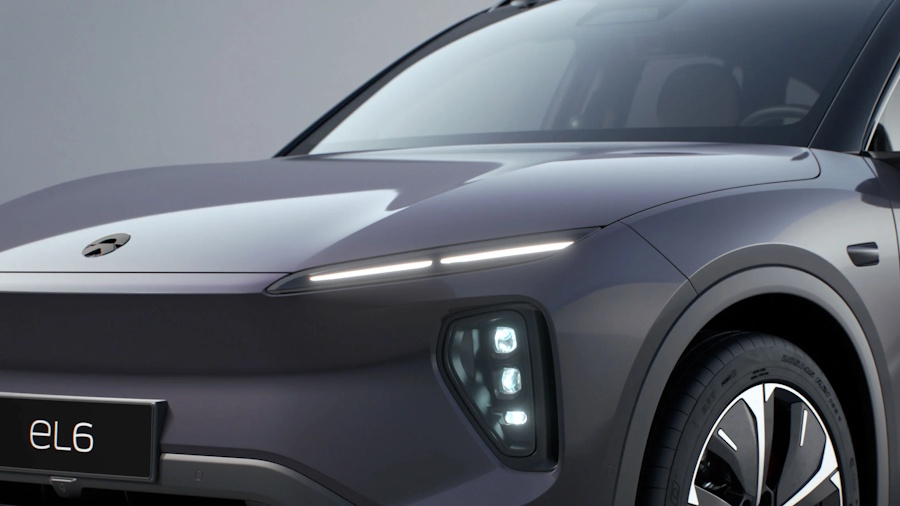Nio and CATL have officially formed a new joint venture company in China, marking a significant step in deepening their long-standing collaboration. Nio, one of China’s most recognized EV manufacturers with a growing presence in Europe, and CATL, the world’s largest EV battery supplier, are joining forces to develop and expand the country’s battery-swapping infrastructure. The venture aims to create unified standards for battery swapping, improve operational efficiency, and strengthen China’s EV ecosystem.
This move aligns with Beijing’s broader push for high-quality EV development and reflects Nio’s ambition to solidify its position as a service-oriented automaker. While the company continues to build its European presence with models like the EL8, ET5, and ET7, the partnership with CATL could also lay the groundwork for introducing battery-swapping networks outside China in the future.
What the Joint Venture Covers
Under the agreement, both companies will contribute resources, technology, and capital to the new venture. CATL will provide its expertise in battery development and energy storage, while Nio brings its experience in battery-swapping technology and network operation. The company will focus on R&D, battery-swap station construction, lifecycle management, and recycling.

CATL is investing up to €330 million in Nio’s energy business to support the initiative. Both firms intend to promote standardized swapping systems that can eventually be adopted by other automakers, making the service more accessible and cost-effective.
Why It Matters and What the Challenges Are
Battery swapping offers a compelling alternative to traditional charging. Drivers can replace a depleted battery with a fully charged one in minutes. Nio has already built thousands of swap stations in China, and with CATL’s involvement, that number is expected to grow rapidly.
Related
However, large-scale swapping networks come with challenges. The infrastructure requires significant investment, regulatory alignment, and complex logistics. Compatibility between different vehicle models and battery types must also be addressed if the system is to become universal. For Nio and CATL, the new company represents both an opportunity and a challenge: scaling up efficiently while maintaining technological leadership.
What This Could Mean for Europe
For now, the venture’s operations are limited to China, but it could influence how electric vehicles are supported in Europe in the future. As Nio continues to expand its European footprint (particularly in markets such as Germany, the Netherlands, and Norway) battery swapping might one day complement traditional charging infrastructure.
Still, the European rollout would depend on regulatory support, local partnerships, and consumer acceptance. Given CATL’s deep connections with European automakers and its ongoing investments in European battery production, it wouldn’t be surprising if early pilot projects appeared in select markets later this decade.
FAQ
What exactly have NIO and CATL agreed to?
They have formed a joint venture in China focused on developing a large-scale battery-swapping network, sharing infrastructure, investment, and unified technical standards.
How much investment is involved?
CATL is contributing up to RMB 2.5 billion (≈ €330 million) to support the venture’s establishment and expansion.
What is the goal of this partnership?
The goal is to accelerate the adoption of battery-swapping technology, standardize design and operation, and create a sustainable ecosystem for EV energy services.
Will this affect EV buyers in Europe?
Not immediately, as the venture’s activities are currently based in China. However, it could eventually shape how NIO approaches after-sales energy services in European markets.
What are the biggest challenges ahead?
Key challenges include infrastructure investment, regulatory approval, compatibility across brands, and ensuring that the business model remains profitable at scale.






